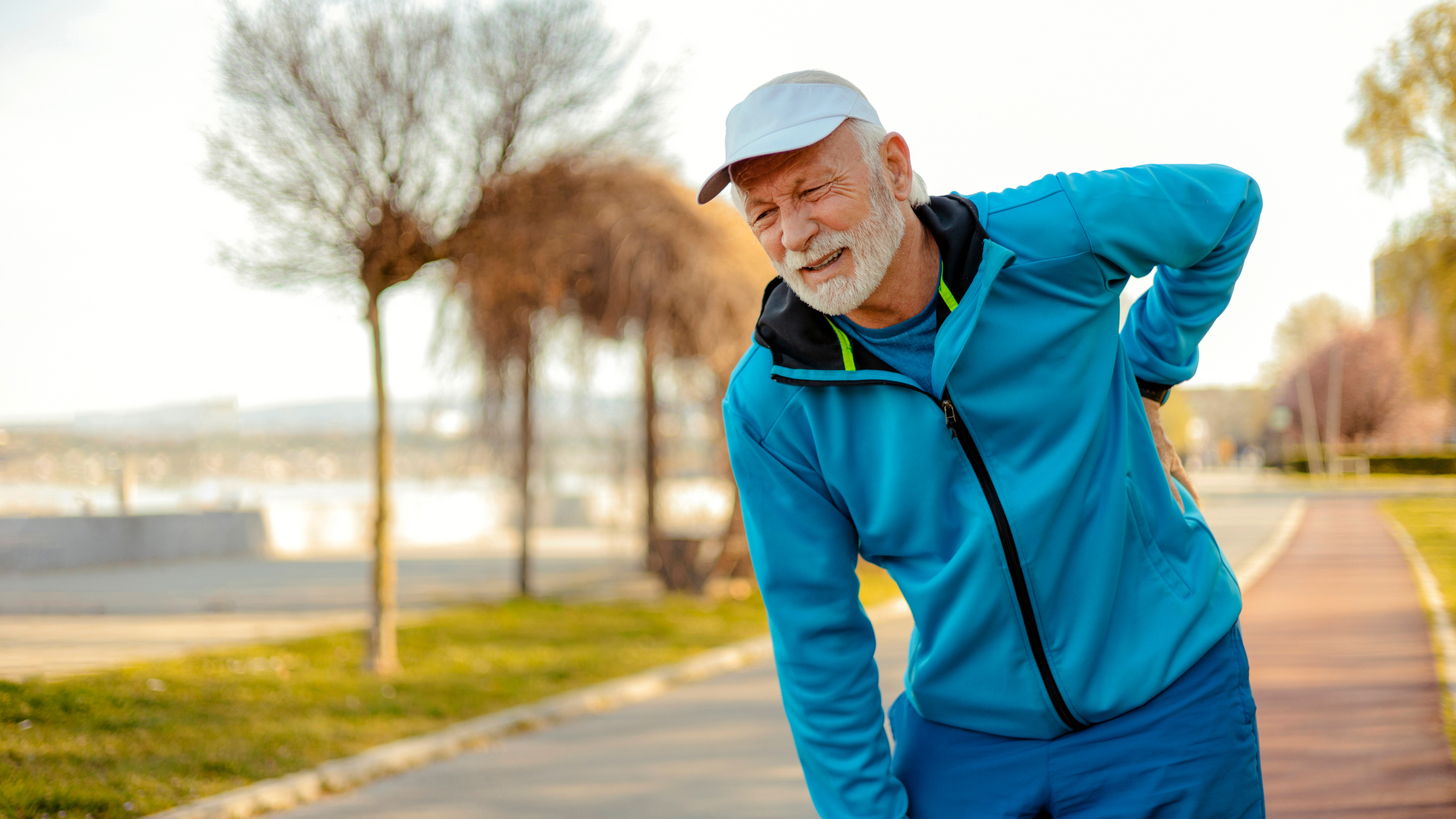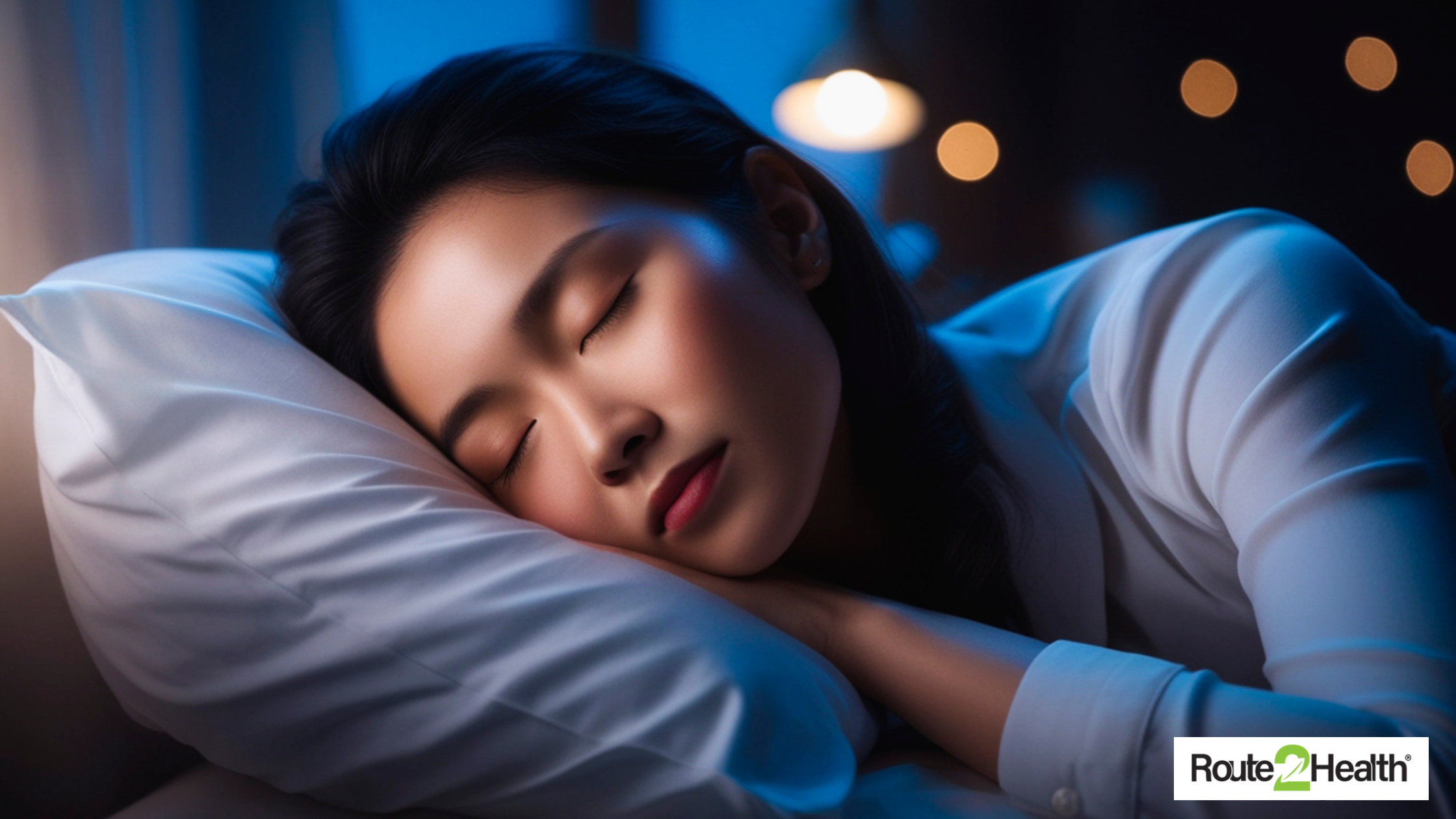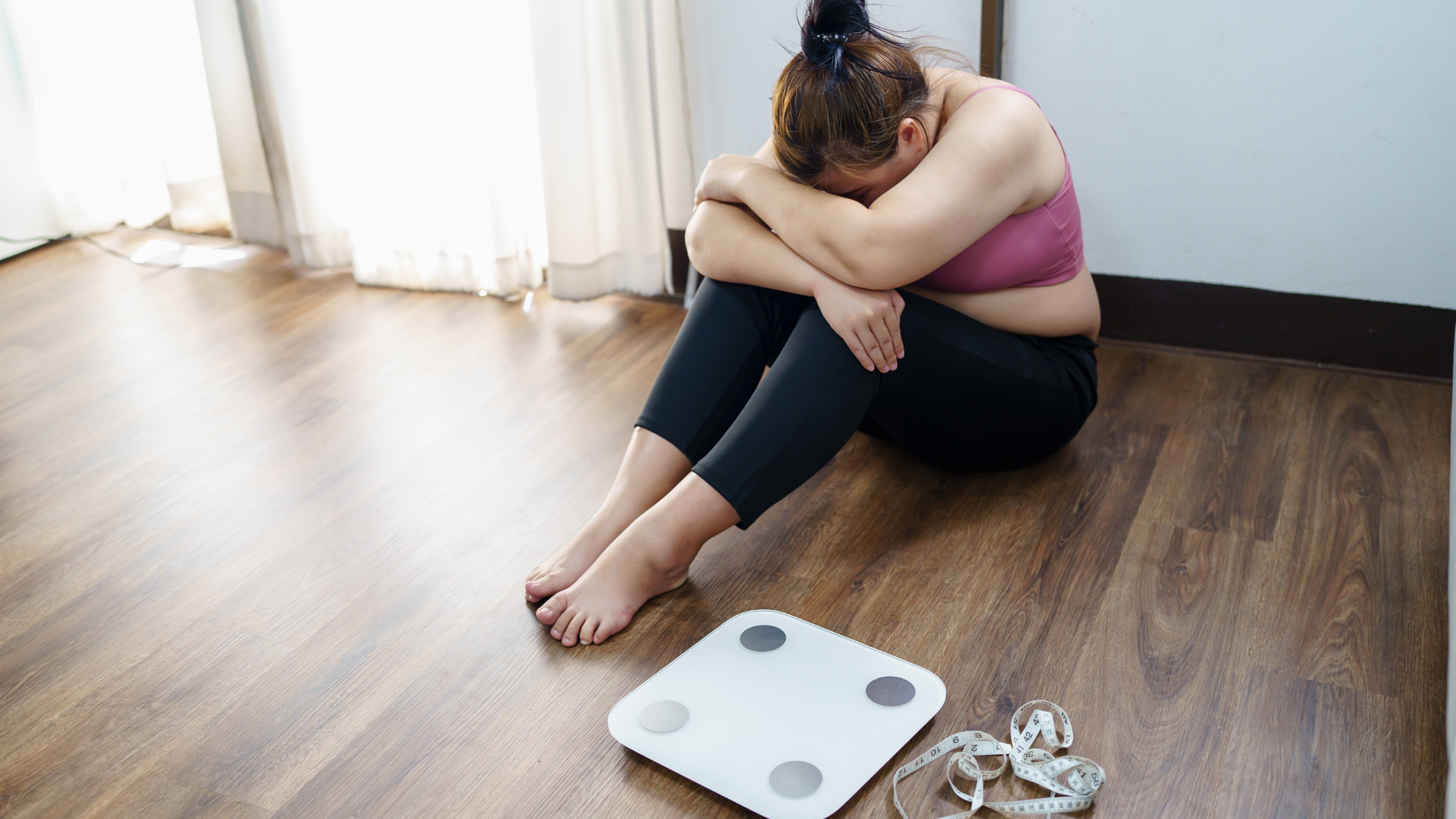
Stay Safe and Strong: Essential Tips to Prevent Injuries in Adults
Imagine you’re enjoying a peaceful walk in the park when—whoops!—your foot catches on an uneven pavement, and suddenly, you’re on the ground. For younger folks, a stumble might mean a scraped knee and bruised ego. But for adults over 50, falls and injuries can be far more serious, leading to fractures, long recovery times, or even life-changing complications.
Injuries in older adults are more common and more dangerous than many realise. According to the NHS, one in three adults over 65 will experience a fall each year, with hip fractures being a leading cause of hospitalisation.
Beyond the initial accident, falls in older adults often lead to long-term consequences like fractures, reduced mobility, and a loss of independence. But here’s the silver lining: the vast majority of these injuries are preventable. With proactive steps, we can protect ourselves and our loved ones from becoming part of these statistics. The good news? Many of these injuries are preventable with the right precautions.
In this guide, we’ll explore how to prevent falls and injuries, keeping you active, independent, and safe. Plus, we’ll highlight a key bone-strengthening supplement—Bonical-K—packed with calcium, vitamin D3, and vitamin K2 to support long-term bone health.
How to Prevent Falls and Stay Injury-Free?
Preventing injuries starts with preventing falls. Below are seven research-backed strategies that can make a big difference in everyday safety.
1. Exercise Regularly to Improve Balance and Strength
Engaging in exercises that target balance, coordination, and muscle strength is one of the most effective ways to reduce fall risk. Activities like tai chi, yoga, and resistance training help maintain stability and build lower-body strength, which is crucial for preventing falls.
A Meta-analysis shows that physical activity, particularly balance and strength training, reduced falls by up to 31% in older adults.
Recommended activities:
- Walking, yoga, tai chi, and resistance training.
- Balance-specific exercises, such as standing on one foot or heel-to-toe walking.

2. Assess and Modify Your Home Environment
Home hazards are a leading cause of falls. Simple changes like removing loose rugs, improving lighting, installing grab bars in the bathroom, and keeping frequently used items within easy reach can significantly lower your risk.
The Cochrane Database of Systematic Reviews shows that home hazard assessment and modification, especially when carried out by health professionals, can reduce the rate of falls by 19%.
What to do:
- Secure rugs with non-slip pads.
- Install nightlights in hallways and bathrooms.
- Keep walkways clear of wires, furniture, and clutter.
3. Review Medications with Your Doctor
Certain medications, especially sedatives, antidepressants, and blood pressure medications, can cause dizziness or drowsiness, increasing fall risk. Regularly reviewing all prescriptions with your GP can help manage these side effects.
The use of multiple medications (polypharmacy) is significantly associated with increased falls in older adults.
What to do:
- Have a doctor or pharmacist review your medications annually.
- Avoid alcohol when taking sedatives or sleep aids.
- Report any side effects like dizziness or unsteadiness promptly.

4. Have Your Vision and Hearing Checked Annually
Poor eyesight or hearing can lead to misjudging distances or failing to notice hazards. Regular check-ups ensure that your senses are in top shape and that you're equipped with the necessary glasses or hearing aids.
Research shows that older adults with visual impairments are twice as likely to experience falls compared to those with normal vision.
What to do:
- Schedule annual eye exams.
- Treat hearing loss with professional help.
- Use appropriate aids like glasses or hearing devices.
5. Wear Proper Footwear
Say goodbye to those comfy but flimsy slippers. Proper footwear should have a firm sole, a low heel, and a good grip. Shoes with poor support or slippery soles can be a hidden danger around the house.
Research published in Gerontology found that older adults who wore slippers or went barefoot indoors had a higher incidence of falls than those who wore appropriate footwear.
Footwear checklist:
- Non-slip soles
- Supportive arch
- Proper fit (not too tight or too loose)

6. Stay Hydrated and Maintain a Balanced Diet
Dehydration can lead to dizziness and fainting, especially in warmer climates or after physical activity. A diet rich in protein, calcium, and essential vitamins supports muscle and bone health, lowering injury risk. Dehydration increases the likelihood of orthostatic hypotension, which can cause dizziness and falls in older adults.
7. Take a Calcium and Vitamin D3 Supplement
As we age, bone density naturally declines, making fractures from even minor falls more likely. Calcium and Vitamin D3 are critical for bone strength and density, and Vitamin K2 helps ensure calcium is properly deposited in the bones.
A meta-analysis in The Osteoporosis International shows that Vitamin D and calcium supplementation significantly reduce the risk of hip and other fractures in older adults.
What to do:
- Eat calcium-rich foods (like leafy greens, dairy, and almonds).
- Get 15–20 minutes of sunlight daily for natural vitamin D.
- Take a high-quality supplement like Bonical-K, which includes calcium, vitamin D3, and vitamin K2 to support bone mineralisation and reduce fracture risk.
Conclusion: Prevention Is the Best Protection
Falling isn’t a normal part of ageing—it’s often a sign that something needs to change. The great news is that you can reduce your risk of injury by making informed, research-backed decisions every day. Whether it’s updating your footwear, exercising more mindfully, or simply keeping a better eye on your medications, small adjustments can have a profound effect on your long-term health and independence.
And don’t forget to nourish your bones from within! One of the most effective ways to maintain bone health is through targeted supplementation.
Try Bonical-K: Your Daily Dose of Bone Strength
Bonical-K is a scientifically formulated supplement designed specifically for adult bone health. Packed with Calcium, Vitamin D3, and Vitamin K2, Bonical-K helps strengthen bones, enhance calcium absorption, and prevent calcium build-up in arteries—giving you the complete support system your bones need.
FAQs
1. What are the most common injuries in older adults?
Falls are the leading cause of injury, often resulting in fractures, head injuries, and hospitalisation.
2. How does Vitamin D help in preventing injuries?
Vitamin D enhances calcium absorption and improves bone mineral density, reducing the risk of fractures in case of falls.
3. What is the role of Vitamin K2 in bone health?
Vitamin K2 directs calcium to the bones and away from arteries, preventing calcification and improving bone strength.
4. Can balance training really prevent falls?
Yes! Exercises like tai chi and resistance training improve coordination and stability, significantly reducing fall risk.
5. Why is Bonical-K better than just calcium supplements?
Bonical-K combines Calcium with Vitamin D3 and K2 for superior absorption and bone-targeted benefits, unlike standalone calcium products.























































